An NC press brake or CNC press brake is a type of press brake machine that uses a CNC system (a numerical control system) to control the bending process. On an NC press brake, the torsion bar forces cylinders on both sides to move up and down synchronously. With the CNC system, the operator can program various bending parameters of the workpiece through the controller. The controller can then set all parameters, allowing for repeated bending to be performed accurately and efficiently. The main difference between the NC press brake and the CNC press brake is that the latter has a more advanced controller. This allows for complex programming to be carried out, leading to higher accuracy and automation levels. The CNC press brake can handle complex workpieces and mass production. Here is the short video for you to watch: The NC press brake is controlled by an NC system to control the up-and-down movement of the punch and bend the metal sheet. It has several advantages over manual press brakes, including improved consistency in bending speed and accuracy, and reduced reliance on skilled operators. In comparison to manual press brakes, NC press brakes significantly increase bending speed and precision. The NC system is used to control various aspects of the bending process, such as stroke speed and the number of bends. This allows for repeated bending to be performed consistently, with a focus on both speed and precision. The NC press brake can enhance the production efficiency of parts and ensure the quality of the final products. Furthermore, the NC bending machine reduces the skill requirements for operators compared to manual press brakes. Manual press brakes require the operator to set up the machine and adjust the die manually, whereas, with NC press brakes, most bending programs can be completed by programming the controller or setting parameters. The operator's role is mostly limited to loading and unloading sheet metal. Once the NC system is programmed, the NC press brake can also perform automatic bending, following the set procedures and steps to improve production efficiency. While the NC press brake has higher initial costs for machine purchase and personnel training, it is not as efficient as a skilled operator in handling emergencies or complex bending. It is important to note that although the NC press brake has greater automation capabilities, it still requires a certain level of skill and knowledge to operate effectively. The CNC press brake, or computer numerical control press brake, is used for bending metal sheets. Compared to the NC press brake, the CNC press brake has a more advanced CNC system that results in higher bending speed, precision, and automation. The CNC press brake's more advanced controller allows for more accurate bending, with the ability to achieve precise bending speed and angle and a final accurate workpiece. This improved accuracy and quality of the workpiece helps reduce production costs. The CNC press brake can also produce workpieces with more complex shapes, thanks to its advanced CNC controller that can be programmed through complex algorithms. This allows for greater control of the bending accuracy of the die, which is useful when processing workpieces with complex shapes and bending angles. The CNC press brakes offer higher degrees of automation than the NC press brake. With the ability to program complex workpieces, the CNC press brake can bend according to the pre-determined program. A more advanced version of the CNC press brake is a bending center equipped with a robotic arm. The CNC press brake is ideal for complex bending, increasing output and efficiency. However, the CNC hydraulic press brake also has a higher cost, with higher purchase and training expenses compared to NC press brakes. The operation of a CNC press brake is more complex, requiring higher skills from the operators. CNC press brakes are used for complex workpiece bending or factories with high-volume production requirements. Due to its high accuracy, the processed workpiece often requires minimal rework. One of the differences between NC and CNC press brakes lies in the functionality and accuracy of their control systems. NC press brake machine primarily controls the bending process through its NC system, while the controller of the CNC press brake machine is managed by a computer control system, allowing for the programming of complex algorithms and precise control of the dies, back gauge, and other components. Another difference between the two is the level of automation; the CNC press brakes offer higher levels of automation with features such as a robotic arm, requiring the operator to only feed and unload material. NC press brakes use mechanical synchronization maintained by a torsion bar and do not have real-time error feedback, nor can they self-adjust, resulting in lower bending accuracy. For CNC press brakes, the controller maintains slide synchronization through proportional valves based on feedback from linear encoders that analyze synchronization on both sides of the slide. Although the NC press brake is more affordable, it is suitable for the majority of sheet metal bending. On the other hand, while CNC press brakes may be more expensive, they offer a high level of automation and bending accuracy and can process large quantities of complex workpieces. This blog post explores the advantages, disadvantages, and differences between CNC and NC press brakes. CNC press brakes are generally more advanced than NC press brakes and offer greater accuracy and higher-quality products. However, NC press brakes have a high cost-performance ratio and are more affordable than CNC press brakes. Yet, they still possess complete functions and high bending accuracy. Contact the product experts if you want to purchase a CNC press brake or an NC press brake. ADH Machine Tool is a professional manufacturer of sheet metal processing machines that offers cost-effective products and high-quality services, such as hydraulic press brakes, shears, and fiber laser cutting machines. Cable Outer Casing Cable Outer Casing,Auto Cables,Brake Parts Cable,Cable Assembly Qinghe Zhenyuan Auto Cable Factory , https://www.durcables.comI. What Are CNC Press Brake and NC Press Brake?
II. Advantages and Disadvantages of NC Press Brake
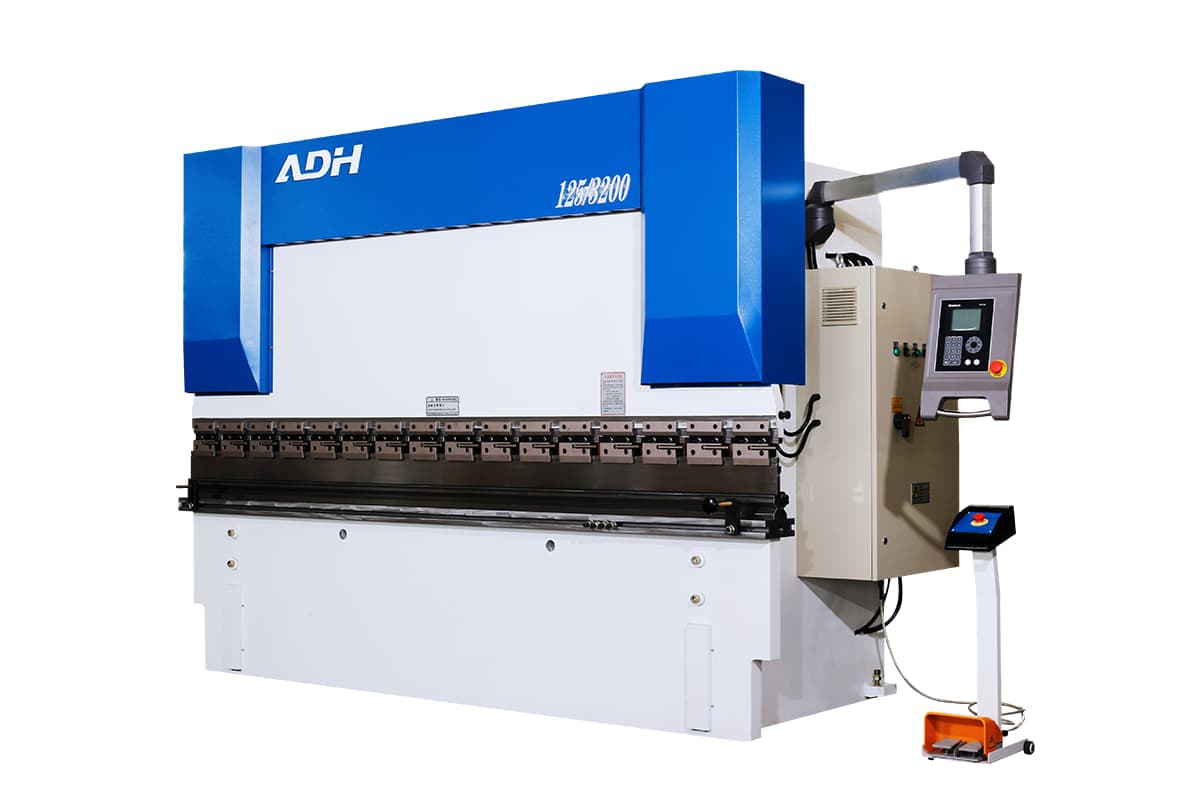
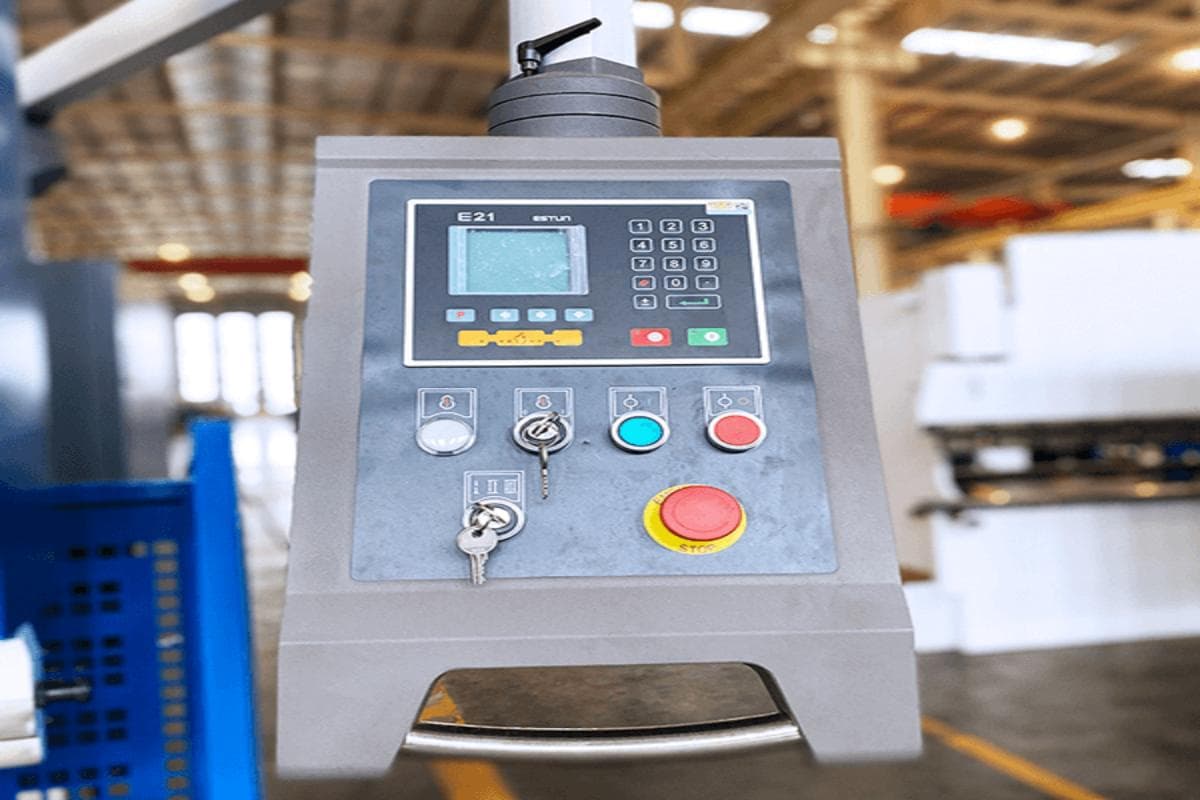
III. Advantages and Disadvantages of CNC Press Brake
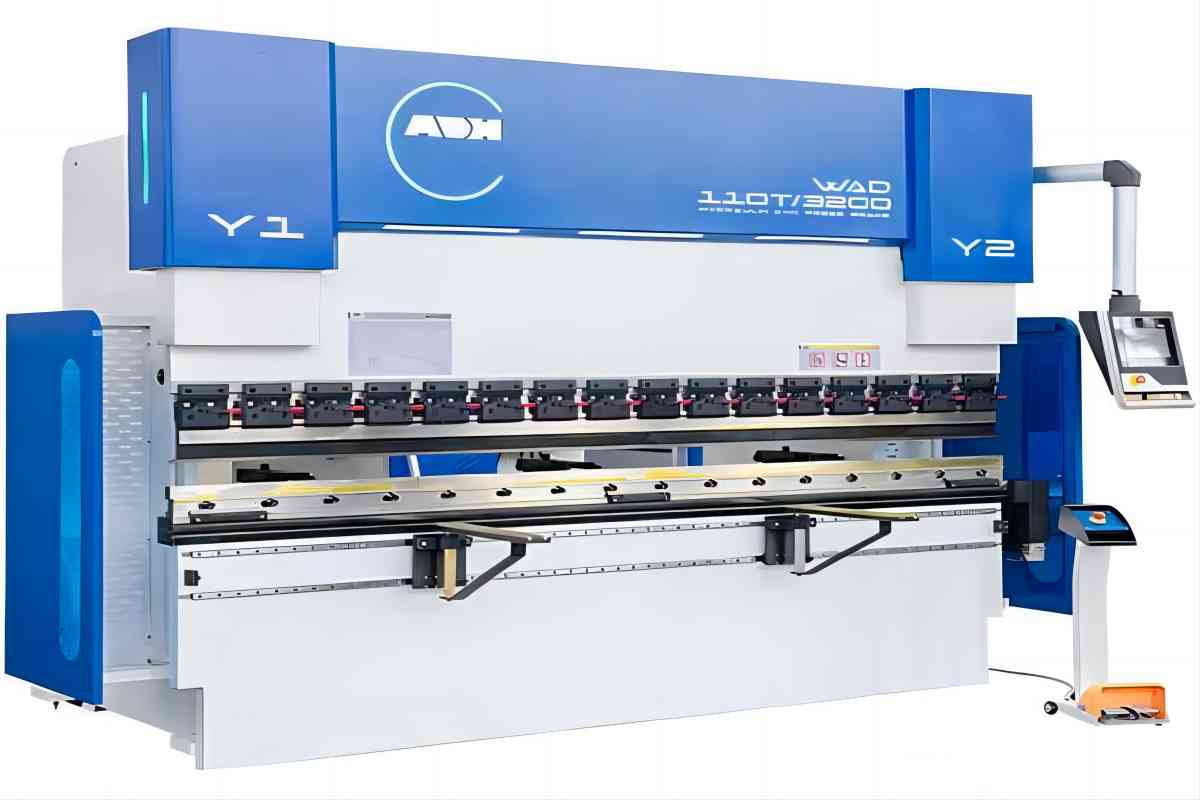
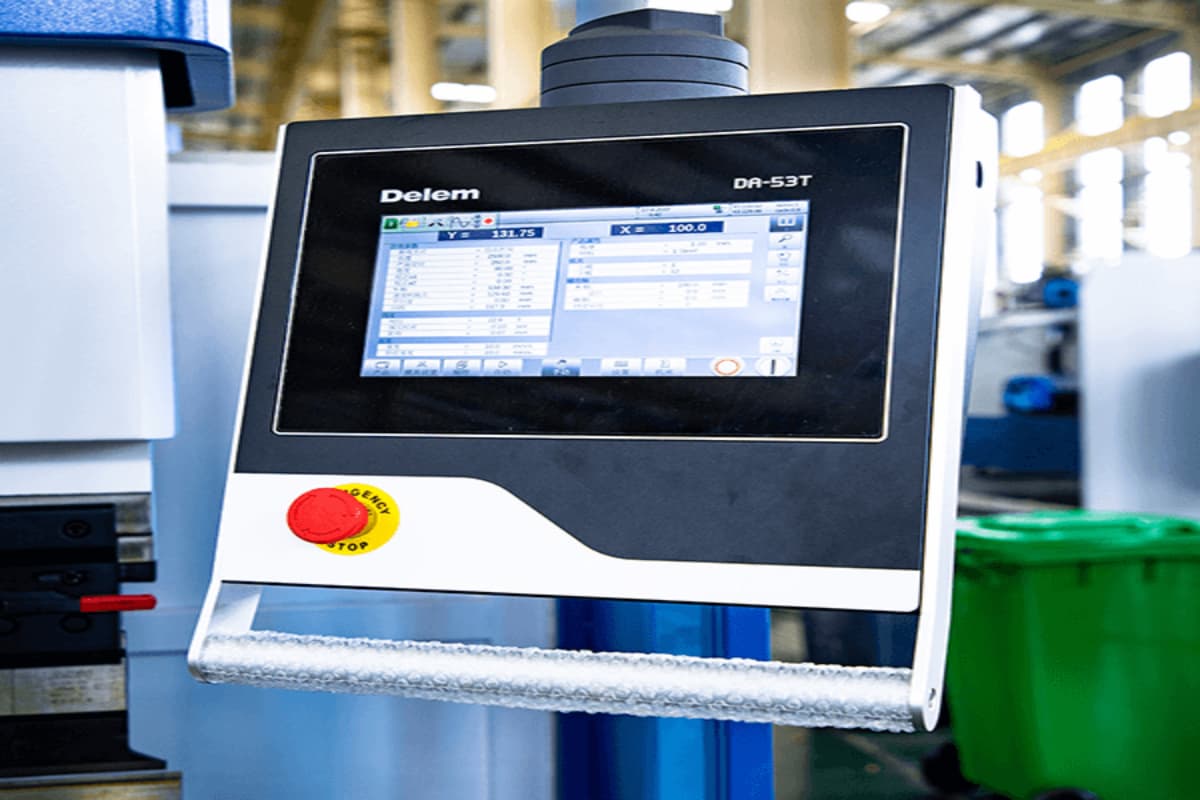
IV. Comparison of NC Press Brake and CNC Press Brake
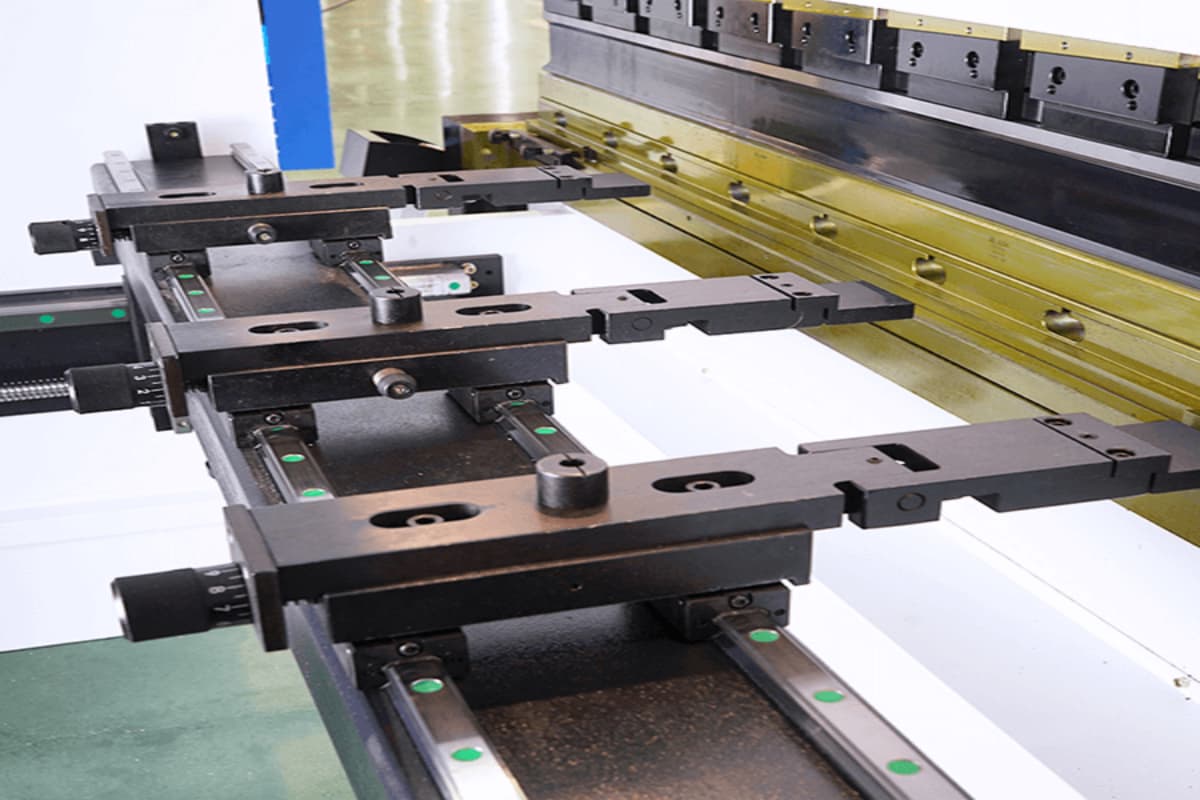
Following is the Comparison Table
Parameter NC Press Brake CNC Press Brake Bending Force 20-200 tons 20-200 tons Bending Length 1.2-4.3 meters (4 to 14 feet) 1.2-4.3 meters (4 to 14 feet) Distance Between Columns 950-3200 mm 950-3200mm Throat Depth 230-320 mm 230-320mm Ram Stroke 100-250 mm 100-250 mm Max Opening Height 320-470 mm 320-470 mm Ram Descent Speed 80 mm/s 200 mm/s Ram Return Speed 70 mm/s 120 mm/s Backgauge Speed 100 mm/s 400 mm/s Axes Control Typically 2 axes (X, Y) Multiple axes (up to 6 or more) Control System Mechanical synchronization, simpler NC controller, limited programmability Closed-loop control system, advanced CNC controller, highly programmable Accuracy Lower, requires manual adjustments High, with real-time feedback and auto-adjustments Operational Complexity Requires higher operator skill, more manual adjustments User-friendly, high automation, suitable for complex tasks Suitable Applications Small batch production, simple bending tasks Large batch production, complex bending tasks Cost Lower initial investment Higher initial investment Power Consumption Lower Higher Automation Level Lower, requires more manual intervention Higher, with automated and programmable operations Setup Time Longer setup time due to manual adjustments Shorter setup time with automated adjustments Flexibility Less flexible, suitable for simpler tasks Highly flexible, suitable for complex and varied tasks Backgauge System Mechanically positioned, less precise Digitally controlled, highly precise Programming Basic programming capabilities Advanced programming with the ability to store and recall multiple programs Maintenance Simpler, lower maintenance requirements More complex, higher maintenance requirements Material Waste Higher due to manual trial and error Lower due to precise control and automation Energy Efficiency Basic energy efficiency Advanced energy-saving features like automatic sleep modes Tool Change Manual, time-consuming Automated or semi-automated, faster 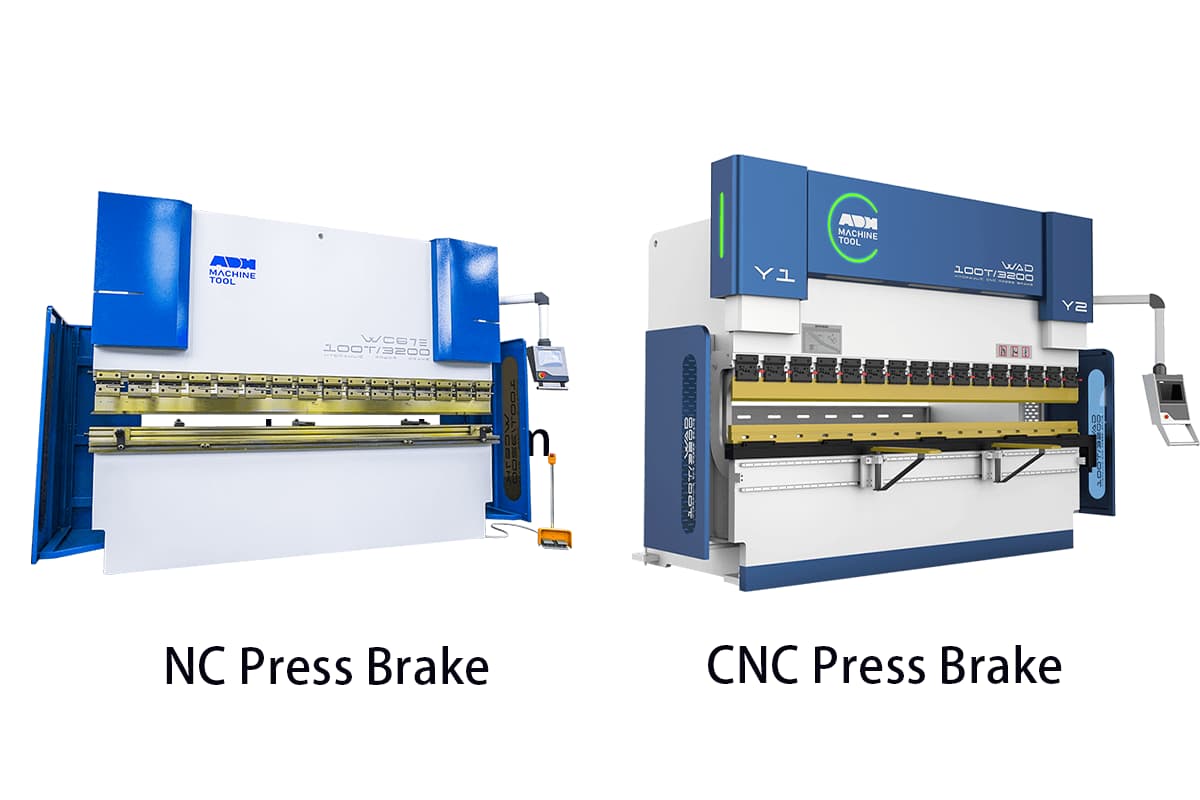
V. Conclusion